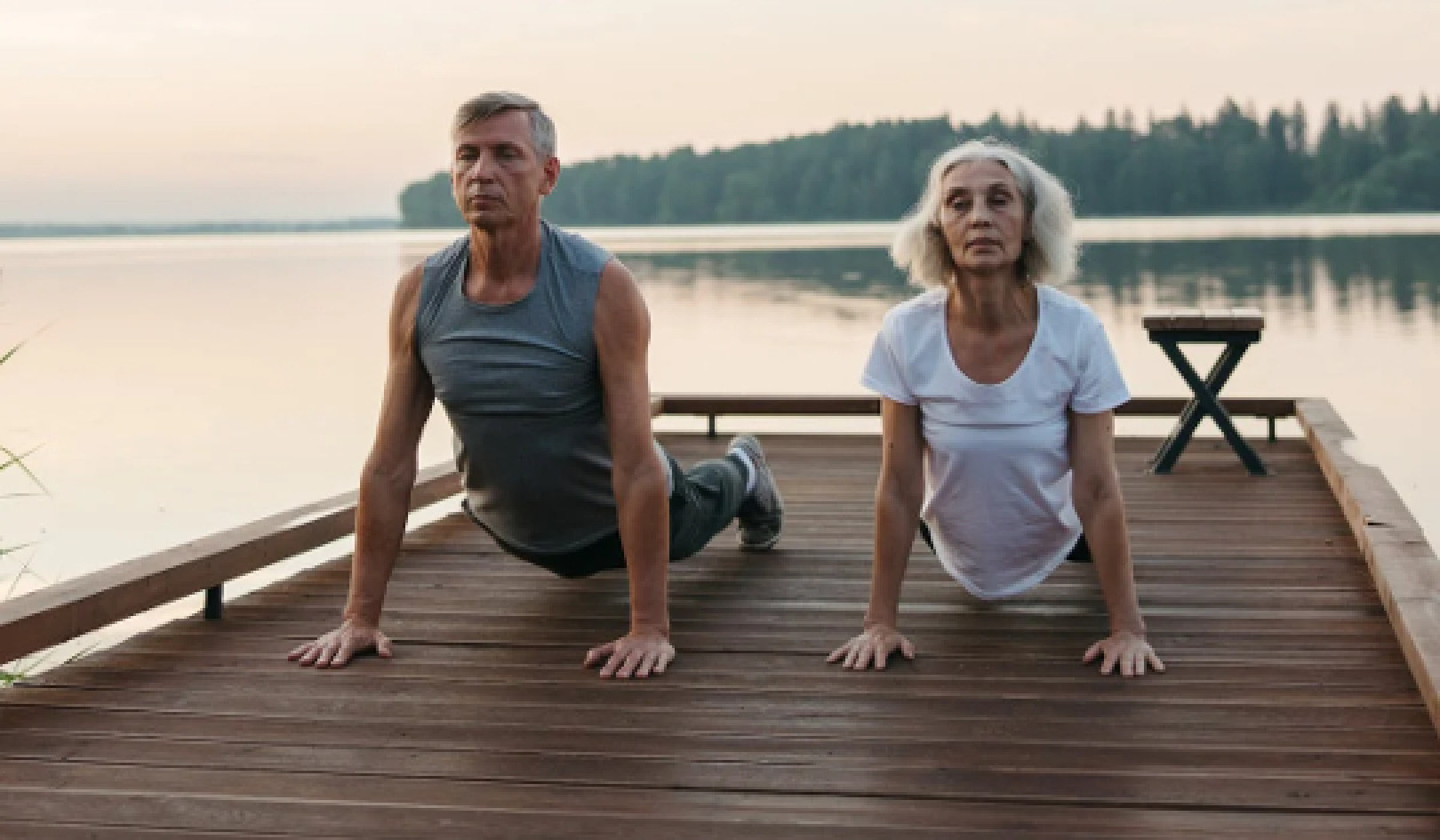
The wellness movement appears to have the answers that our burnt-out minds need. However, psychological research and practice suggests that a superficial focus on candles, juice cleanses, and a “good vibes only” approach to life is unlikely to create meaningful changes to your wellbeing.
It’s not a surprise that wellness culture has become so popular, especially among women and young people. A US$4.4 trillion (£3.5 trillion) wellness industry promises that clean beauty, clean eating and energy-boosting supplements will provide happiness, meaning and a stress-free existence. But if wellness can be bought, why aren’t we all happier?
Purchases may make us happy (and even reduce some lingering sadness) but genuine changes to wellbeing are probably limited. In fact, feminist critics, journalists and psychologists have expressed concerns that wellness culture may exacerbate destructive perfectionism, promote an unhealthy relationship with our bodies, and even draw people into conspiracy theories and multi-level marketing scams.
Wellness culture focuses on what feels good for you as an individual, providing only a surface level experience of wellbeing. Mihalyi Csikszentmihalyi, one of the founders of the positive psychology movement, said in his 1991 book Flow, that “it is by being fully involved with every detail of our lives, whether good or bad, that we find happiness”.
Indeed, psychological research suggests that long-term wellbeing comes from a committed pursuit of both pleasure and meaning. Consider the psychologist Martin Seligman’s model of flourishing: Perma. Seligman’s model breaks wellbeing into distinct, workable “elements”, which gives us an idea as to how to make wellbeing more achievable.
A 2016 study of 1,624 participants recruited online found an intervention based on the Perma model increased levels of happiness and helped decrease depression symptoms, although the intervention seemed to work best for people around the middle range of wellbeing.
Studies have also found Perma-based interventions promoted wellbeing in university students following the Covid pandemic, seem to improve the emotional states of lung cancer patients and decrease anxiety in breast cancer patients. And researchers have tested this model across different contexts, ages, and cultures.
Perma is an acronym that stands for what Seligman considers the five pillars of wellbeing: positive emotions, engagement, relationships, meaning and achievement. This model suggests that rather than spending money to focus on “self-care”, we should aim to meet what psychologists consider our fundamental, psychological needs for competence, autonomy, and relatedness.
Perma suggests we ask ourselves: Am I acting in ways that make me feel competent, in control, and connected with others? Here are some wellness tips that work, based on the five pillars of Perma:
1. Positive emotions
The broaden-and-build theory states that we are at our most psychologically creative, responsive and flexible when we are experiencing positive emotions. However, it’s important to move beyond momentary hedonic pleasure and aim to reap the rewards of a range of positive emotions. This allows us to experience more positive emotion, as part of an upward spiral effect.
Take one (or more) of psychologist Barbara Fredrickson’s top ten positive emotions, and find ways to cultivate more of it in your life. These emotions include awe, joy, inspiration, gratitude and love. For example, to cultivate gratitude try the three good things exercise: take time to list three good things that happened in your day, or three things that you felt grateful for. You can also write about the cause of those things.
Maybe combine this with nature’s wellbeing benefits by looking for three good things in nature. If it’s difficult to find green space in your area, there are creative ways to incorporate connection with nature into your daily life, such as taking the time to look at the stars at night. Notice the bumblebees or count the different types of plants you see on your walk to work.
2. Engagement
Find an activity that gets you into flow, a state of deep engagement in an intentional, inherently rewarding activity in which we lose track of time and feel at one with what we are doing. It’s also sometimes known as “getting into the zone”.
Flow activities stretch us just enough to keep us engaged, but not so much that we become bored or demotivated. High flow activities include music, sports and even gaming.
3. Relationships
It’s quality over quantity when it comes to personal relationships. It sounds simple, but look to (or find) people who are eager to celebrate your successes and be wary of those who belittle them.
This will help you prolong the good feelings that go along with life’s little wins. Personal connection is important, and features as a core component in most theories of wellbeing.
4. Meaning
Find a way to connect with something larger than yourself. Volunteer, join a community group or perform a random act of kindness.
Thinking about a future best possible self can help you set goals and help you understand what gives you purpose in life.
5. Achievement
Do something challenging; something that stretches your abilities. You may want to identify and use your strengths. Some strengths, such as perseverance, are related to achievement. True positivity is not just about feeling good, but about rising to the challenges that life sets us.
Just remember: Perma pillars are independent paths to wellbeing, but they’re also highly related. Taking up dancing, for example, might be a way to experience positive emotions and flow, allowing you to make new connections so that you stick at it long enough to develop a sense of purpose or achievement.![]()
Ben Gibson, Lecturer in Applied Psychology, De Montfort University and Victoria Ruby-Granger, Lecturer in Psychology, De Montfort University
This article is republished from The Conversation under a Creative Commons license. Read the original article.
Related Books:
The Body Keeps the Score: Brain Mind and Body in the Healing of Trauma
by Bessel van der Kolk
This book explores the connections between trauma and physical and mental health, offering insights and strategies for healing and recovery.
Click for more info or to order
Breath: The New Science of a Lost Art
by James Nestor
This book explores the science and practice of breathing, offering insights and techniques for improving physical and mental health.
Click for more info or to order
The Plant Paradox: The Hidden Dangers in "Healthy" Foods That Cause Disease and Weight Gain
by Steven R. Gundry
This book explores the links between diet, health, and disease, offering insights and strategies for improving overall health and wellness.
Click for more info or to order
The Immunity Code: The New Paradigm for Real Health and Radical Anti-Aging
by Joel Greene
This book offers a new perspective on health and immunity, drawing on principles of epigenetics and offering insights and strategies for optimizing health and aging.
Click for more info or to order
The Complete Guide to Fasting: Heal Your Body Through Intermittent, Alternate-Day, and Extended Fasting
by Dr. Jason Fung and Jimmy Moore
This book explores the science and practice of fasting offering insights and strategies for improving overall health and wellness.























